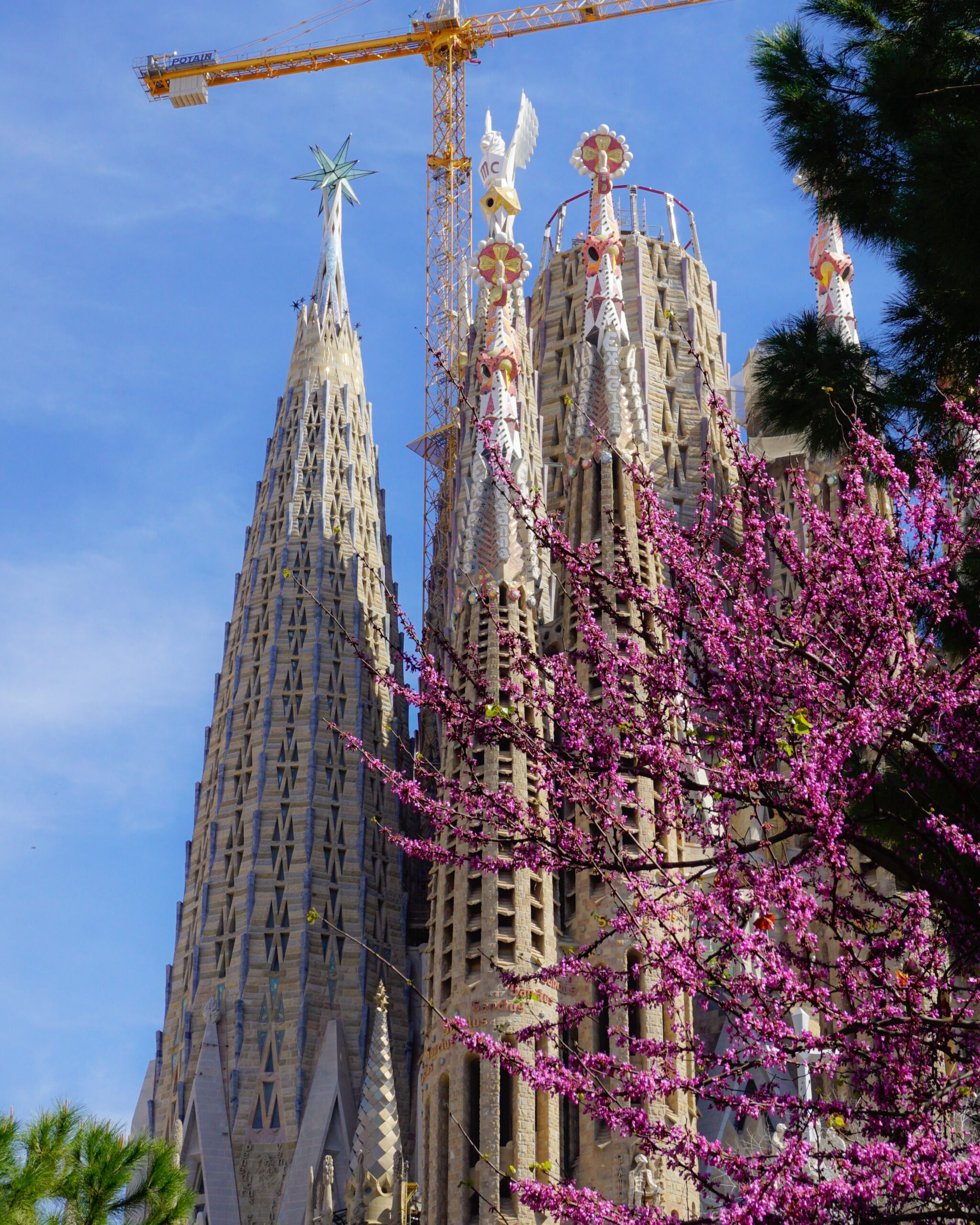Introduction
Barcelona, a city renowned for its breathtaking architecture and vibrant culture, is home to numerous iconic landmarks.
Among them stands the magnificent Arc de Triomf, a captivating monument that pays homage to the city’s history and triumphs.
With its grandeur, artistic details, and prominent location, the Arc de Triomf stands as a testament to Barcelona’s rich heritage and serves as a beloved symbol of civic pride.
A Triumph of Design and Construction
The Arc de Triomf of Barcelona, located at the head of the grand boulevard of Passeig de Lluís Companys, was constructed as the main entrance to the 1888 Universal Exposition held in the city.
Designed by architect Josep Vilaseca i Casanovas, the arch was envisioned to symbolize Barcelona’s warm welcome to visitors from around the world.
Its construction took over a year and was completed in 1888, marking a significant milestone for the city.
Architectural Marvel
The Arc de Triomf exhibits a striking blend of architectural styles, primarily influenced by the Moorish Revival and Neo-Mudéjar movements.
The arch’s brick façade, adorned with ornate ceramic details, features intricate sculptures and decorative motifs that add depth and charm to the structure.
The archway itself stands at an impressive height of 30 meters (98 feet), showcasing a captivating interplay of red and white hues.
Symbolic Significance
Beyond its architectural splendor, the Arc de Triomf carries great symbolic meaning. The monument symbolizes the triumphs of Barcelona and Catalonia, as well as the progress achieved through the Universal Exposition.
Its ornamental friezes depict allegorical figures, representing industry, agriculture, and commerce, all of which were vital to the region’s growth during the late 19th century.
A Hub of Activity
Situated at the entrance of Parc de la Ciutadella, the Arc de Triomf acts as a gateway to one of Barcelona’s most beautiful green spaces.
The surrounding area is bustling with activity, attracting locals and tourists alike. Visitors can often be seen strolling along the promenade, enjoying the scenic views, or engaging in leisurely picnics beneath the arch’s elegant shadow.
A Gathering Place
The Arc de Triomf serves as a central meeting point and a venue for cultural events and festivities. It has become an integral part of Barcelona’s social fabric and frequently hosts concerts, street performances, and celebrations.
The arch’s expansive plaza provides ample space for people to gather, fostering a sense of community and conviviality.
Captivating Visitors
The Arc de Triomf’s undeniable charm and historical significance draw countless visitors each year. Its prominent location, adjacent to popular attractions like the Parc de la Ciutadella and the Barcelona Zoo, ensures a steady stream of admirers exploring the area.
Tourists and locals alike are captivated by the arch’s beauty, often pausing to marvel at its intricate details or capture its grandeur through photography.
Preserving a Cultural Legacy
The Arc de Triomf stands as a testament to Barcelona’s enduring cultural heritage. While the monument has witnessed the passing of time and numerous societal changes, it remains a cherished emblem of the city’s vibrant identity.
The ongoing preservation efforts undertaken by local authorities ensure that future generations will continue to appreciate and be inspired by this architectural masterpiece.
Conclusion
As an architectural marvel and a symbol of Barcelona’s triumphs, the Arc de Triomf is a must-see landmark that embodies the city’s rich history and cultural heritage.
Its stunning design, vibrant location, and significant historical context make it a beloved attraction, capturing the hearts of all who encounter it.



